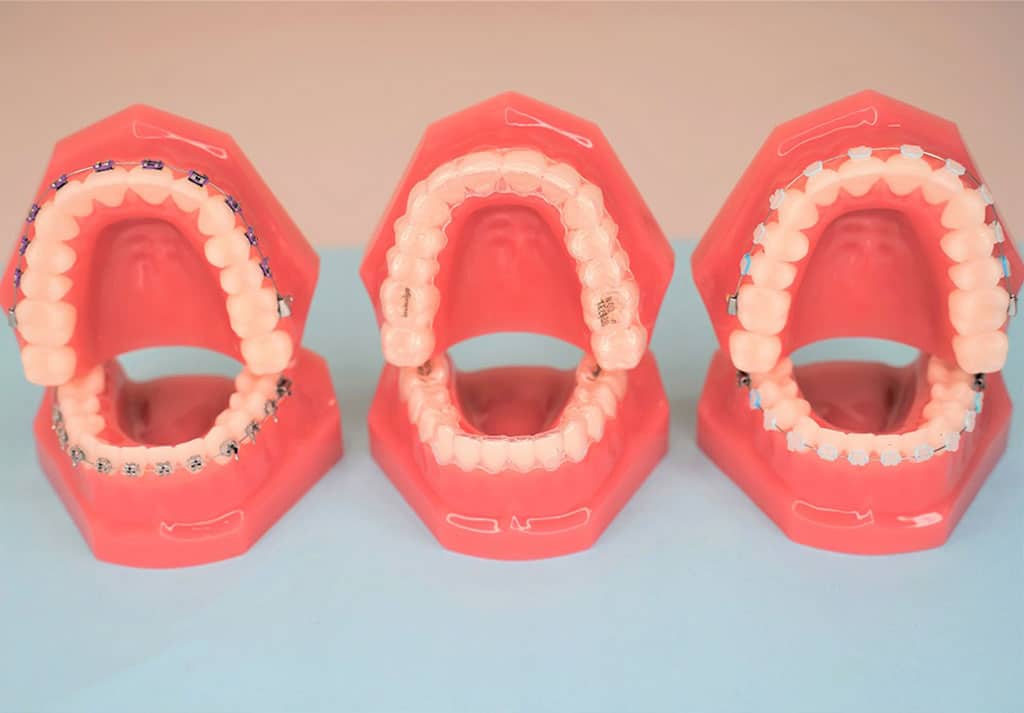How do I know if my pet needs emergency veterinary care in Perth?

As a pet owner, it’s important to know the signs that indicate your furry friend requires urgent veterinary care. Pets can’t speak up when they’re not feeling well, so it’s up to us to watch for symptoms that something may be seriously wrong.
This is especially critical for pet owners in Perth, where emergency vet clinics may not always be readily available. Being prepared and reactive when emergencies strike can truly save a pet’s life.
What Qualifies as an Emergency?
Generally, any injury or illness that may result in lasting harm or death if not treated within the next 12-24 hours can be considered an emergency. The most common pet emergencies involve:
- Difficulty breathing – This includes noisy breathing, wheezing, panting at rest, pale or blue gums
- Loss of consciousness – Your pet experiences fainting, seizures, or cannot be woken up
- Uncontrolled bleeding or serious wounds – large lacerations, heavy bleeding, bites, etc.
- Sudden trauma – Hit by a car, falls from high places, burns, etc.
- Ingestion of toxins or poison – Contact with toxic chemicals, human medications, poisonous plants/food, etc.
- Bouts of vomiting/diarrhea with lethargy – Especially if lasting over 24 hours or resulting in dehydration
- Sudden, severe pain – Whining, restlessness, crying out, anxious pacing
- Seizures – Multiple recurrent seizures within a short time frame
Pay attention if any unusual symptoms emerge suddenly or if a condition seems to be progressing rapidly. Know your pet’s regular baseline behavior so you can recognize when emergency intervention is required.
Recognizing Trouble Breathing & Respiratory Distress
Difficulty breathing is one of the more common pet emergency symptoms. Labored breathing that continues for more than 30 minutes may signal a crisis in the works. Signs can include:
- Chest movements that seem more pronounced or strenuous
- Flared nostrils as they struggle to inhale
- Strange breathing noises like wheezing or gasping
- Coughing nonstop or extreme difficulty breathing out
- Blue-tinged gums or tongue
Pets in respiratory distress may also exhibit unrelated signs like anxiety or restlessness. Excessive panting when your pet is at rest also qualifies as an abnormal symptom that suggests they can’t catch their breath. Respiratory emergencies in pets can occur from allergic reactions, underlying infections, inhaled objects, pneumonia, fluid in lungs, anemia or heart failure. Prompt veterinary assistance is vital.
Detecting Emergencies from Trauma
Pets who experience serious traumatic events often have noticeable life-threatening injuries or conditions such as:
- Fractures – Broken bones, inability to use a limb or extreme pain from a body part
- Heavy external or internal bleeding – Small amounts of blood from mouth, nose, rectum, etc.
- Collapse – Inability to stand or sudden loss of consciousness
- Burns – Singed fur, visible skin injuries, blisters from heat or chemicals
- Shock – Extremely pale gums, weak rapid pulse, shivering, weakness
- Eye Injuries – Dilated or uneven pupils, blood in eyes, sudden inability to open eyes
Whether your pet was struck by a car, attacked by another animal or severely injured in a fall at home, seek immediate emergency vet assistance if trauma leads to any warning symptoms above. The Pet Practice says stabilizing shock, controlling blood loss, and treating fractures ASAP greatly impact recovery.
Recognizing Toxin & Poison Exposure Emergencies
With their tendency to ingest almost anything, pets can accidentally poison themselves in ways that require urgent veterinary decontamination and treatment. Common sources for pet poisoning include:
- Human prescriptions and over-the-counter medications
- Ingestion of house or garden plants
- Exposure to insecticides, weed killers, oils, solvents, or cleaners
- Foods that are toxic to pets like chocolate, grapes, raisins, onions
- Rodent bait or pets biting poisonous snakes or spiders
- Contamination of pet food supplies
Pets displaying poisoning symptoms need veterinary assessment within 30-90 minutes. Effects worsen rapidly without quick treatment. Warning signs of poisoning include:
- Drooling, vomiting, diarrhea
- Dilated or shrunken pupils
- Loss of appetite, extreme thirst or urination
- Disorientation, hyperactivity or lethargy
- Seizures
- Skin or eye irritation (burns, swelling, blisters)
If you know or even suspect toxin exposure has occurred, take an emergency toxicology treatment approach without delay.
Responding to Gastrointestinal Upset or Dehydration
Vomiting or diarrhea are common pet illnesses. However, when these symptoms result in dehydration or lethargy, emergency assistance may be warranted. Watch for these red flags:
- Frequent projectile vomiting or vomiting that persists beyond 6-12 hours
- Extreme diarrhea lasting 12 hours or more
- Very dark urine or inability to urinate
- Loss of skin elasticity, sticky or dry gums
- Sunken eyes or lethargy
- Weight loss exceeding 3-5% body weight
- Fever higher than 103oF
Pets with gastrointestinal distress are vulnerable to rapid dehydration, dangerous electrolyte imbalances and debilitating metabolic issues like liver disorders or pancreatitis. Don’t take a wait and see approach if symptoms are severe or progressive in the first 12-24 hours.
Responding to Uncontrolled Bleeding
Cuts and injuries often happen with inquisitive pets. However, excessive bleeding or any suspected internal bleeding should be addressed immediately as an emergency. Signs requiring urgent blood loss control include:
- Heavy external bleeding from wounds not stopped with 10 minutes of pressure
- Bleeding from bodily orifices like rectum, nose, ears
- Coughing up blood or vomiting with signs of blood
- Bruising, swelling and tenderness of the abdomen
- Pale gums or membranes plus weakness, dizziness, rapid heart rate
Uncontrolled external bleeding risks deadly exsanguination. Suspected internal bleeding can rapidly lead to hemorrhagic shock. Quick transport, surgery and blood transfusions may be lifesaving once at the emergency hospital. Don’t watch-and-wait at home when bleeding seems excessive relative to the original injury.
Getting Urgent Veterinary Help
In Perth and surrounding regions, pet owners have access to afterhours emergency veterinary clinics like Pet Emergency Treatment Services, Advanced Veterinary Care Emergency and Critical Care, and Swan Valley Veterinary Hospital. These specialty hospitals have 24/7 medical teams ready to triage severe injuries and illness when normal vet offices close overnight or on weekends.
Emergency vet centers offer enhanced lifesaving capabilities compared to standard practices. This includes:
- Round-the-clock ER veterinary specialists
- Broad range of bloodwork, imaging and diagnostic capabilities
- Advanced equipment like endoscopes, ultrasound, EEG and ECG machines
- Intensive nursing care with intravenous medicines, fluid therapy, oxygen cages
- Blood bank supplies and surgical interventions
- Hospitalization in monitored pet ICUs when needed
Final Words
In the end, use your own judgement when assessing whether your beloved pet needs emergency veterinary assessment and care in Perth. You know your companion animal better than anyone. If symptoms seem extreme or progressive enough to potentially threaten near term disability or death, don’t delay. Call ahead so ER teams can prepare to intervene swiftly once you arrive on the scene with your ailing four-legged family member. A pet health crisis is stressful but try to stay as calm and solution focused as possible. With prompt emergency care, even critically sick or injured pets often make full turnarounds. Your vigilance and quick response make all the difference.



